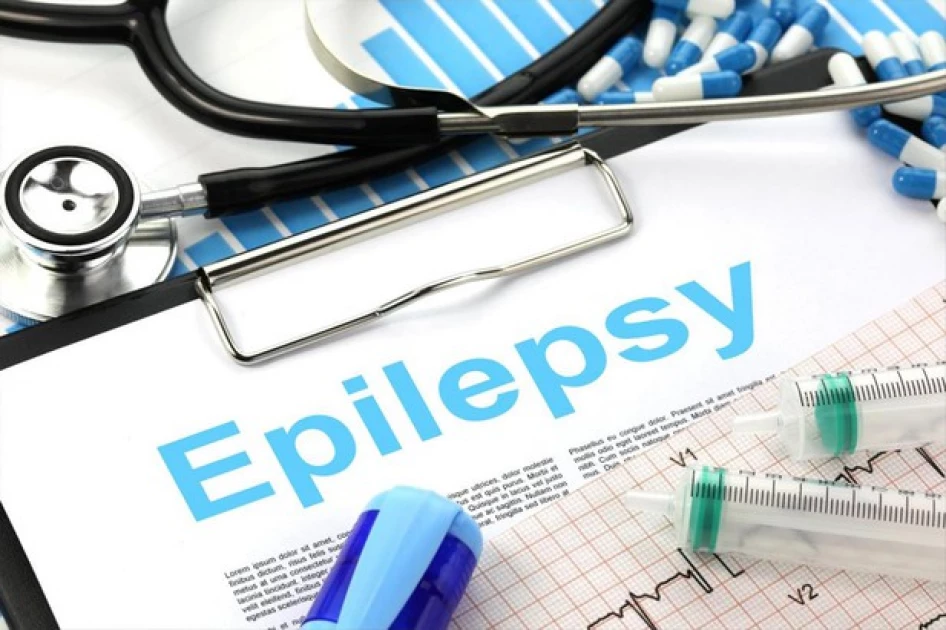Culture and beliefs delaying epilepsy treatment in Kilifi

Kilifi County estimates that there are more than 10,000 people with epilepsy – many do delay to seek treatment at health centres.
According to Doctor Hassan Leli, the Acting Health Director in Kilifi County, majority of those affected are found in rural areas and that families may have someone with epilepsy but they can’t tell the symptoms.
“We have trained our community health promoters (CHPs) to identify those with epilepsy signs in the villages and bring them for medication,” said Doctor Leli.
Beliefs that epilepsy is caused by witchcraft has been one of the reasons people with the condition seek treatment when the effects have advanced.
In Kilifi County, Makongeni area, I meet Eshmarelda Auma in class, Mama Jesse as referred by many is an Early Childhood Development Education (ECDE) teacher.
She is taking her learners through a lesson on various types of fruits that are mostly grown in the coastal part of the country.
Mama Jesse seems cheerful in class, but when outside, thoughts of her son who has epilepsy weighs her down.
“My son has epilepsy and cerebral palsy so combining the two diseases is not easy, my neighbors were asking a lot of questions when the condition started, some believing that the disease was brought by witchcraft,” explains Mama Jesse.
Some of her friends advised her to seek traditional medicine to save her son’s life, but coming from a christian background, Mama Jesse questioned the motive.
According to Jesse’s mother, in a community where epilepsy cases are stigmatised, some of the parents hide their children and visit herbalists believing they will get healing for their children.
“One of my friends visited my home, I was preparing to leave for hospital and she urged me to go to a ‘traditional doctor’ before going to hospital, she believed that my husband whom we had separated with was behind everything that was happening to my son,” she says.
Kevin Simiyu who is also an epilepsy survivor, was introduced to herbalist by his mother.
“I was to boil the herbs brought and when drinking, I was told not to place the cup down until when done,” Simiyu narrated.
Maria Mumbo, a clinician at Kenya Medical Research Institute (KEMRI) Wellcome Trust Kilifi, says epilepsy prevalence in the county is high and that mothers of children with epilepsy present the children to the health facility when the seizures are at an advanced stage.
She adds that every day, the epilepsy clinic in KEMRI Wellcome Trust Kilifi attends to between 60 - 80 patients - most being children.
She cites high illiteracy level among women in Kilifi which makes them take a long time in making decision of taking their children to health facilities.
Fredrick Beuchi, the Secretary General of National Epilepsy Committee expounds that culture among the residents in Kilifi has made it difficult to ensure the epilepsy gets proper attention.
“Many say that epilepsy is a witchcraft, some have been visiting some places to seek for prayers, I am not saying prayers are bad but believing that the condition is a curse or God’s punishment is a way of misleading the community,” notes Beuchi.
Kenya now aims to achieve the Global Action Plan on epilepsy of 90-80-70, where 90 percent of people should be aware of epilepsy, 80 percent of those aware are on treatment and 70 percent of those on treatment have been able to control the disease.
According to the World Health Organization (WHO), approximately 50 million people have epilepsy around the world, nearly 80 percent of them live in low- and middle-income countries.
It is also estimated that 70 percent of people with epilepsy could live seizure-free if properly diagnosed and treated.
Three quarters of people with epilepsy live in low-income countries - Kenya being of them, people do not get the treatment need.
The story was made possible with the support of the UZIMA-DS project and National Institutes of Health.
Want to send us a story? SMS to 25170 or WhatsApp 0743570000 or Submit on Citizen Digital or email wananchi@royalmedia.co.ke
Comments
No comments yet.


Leave a Comment